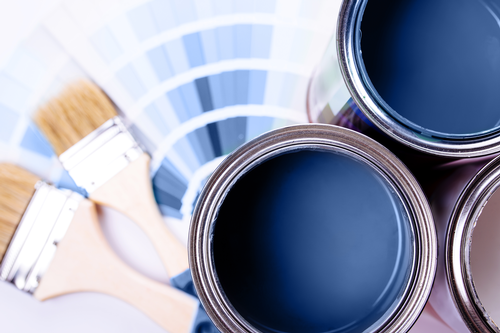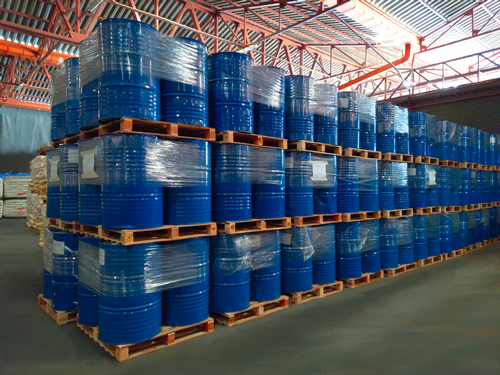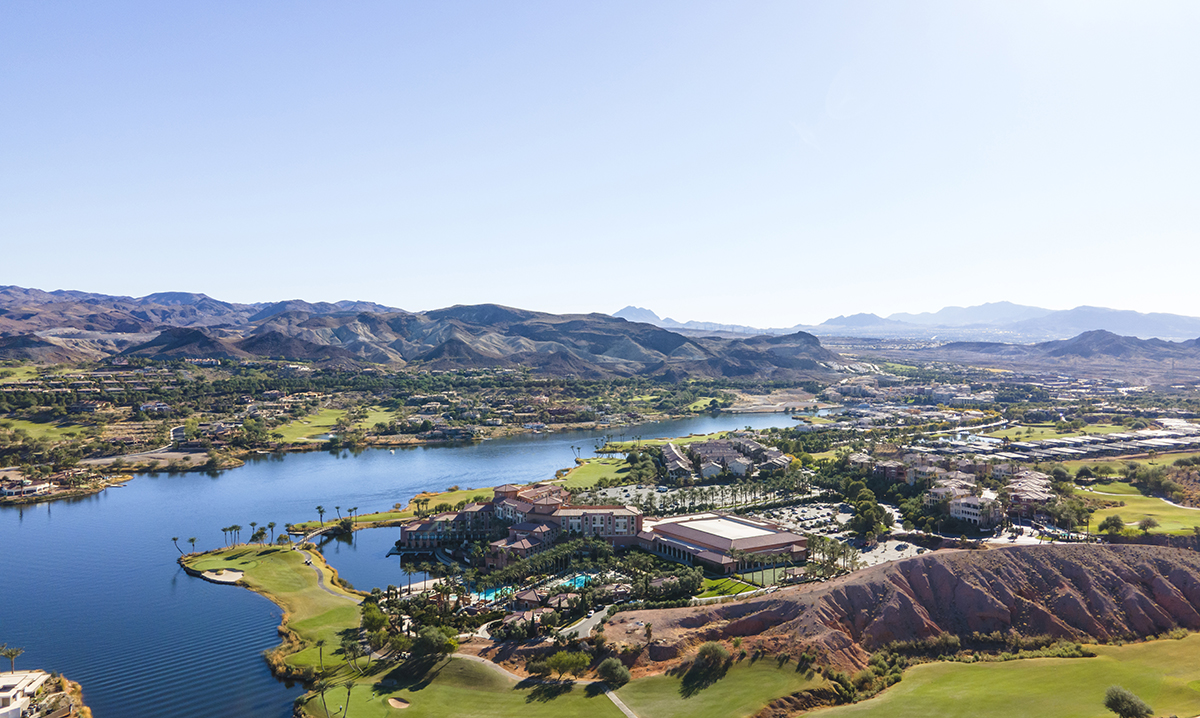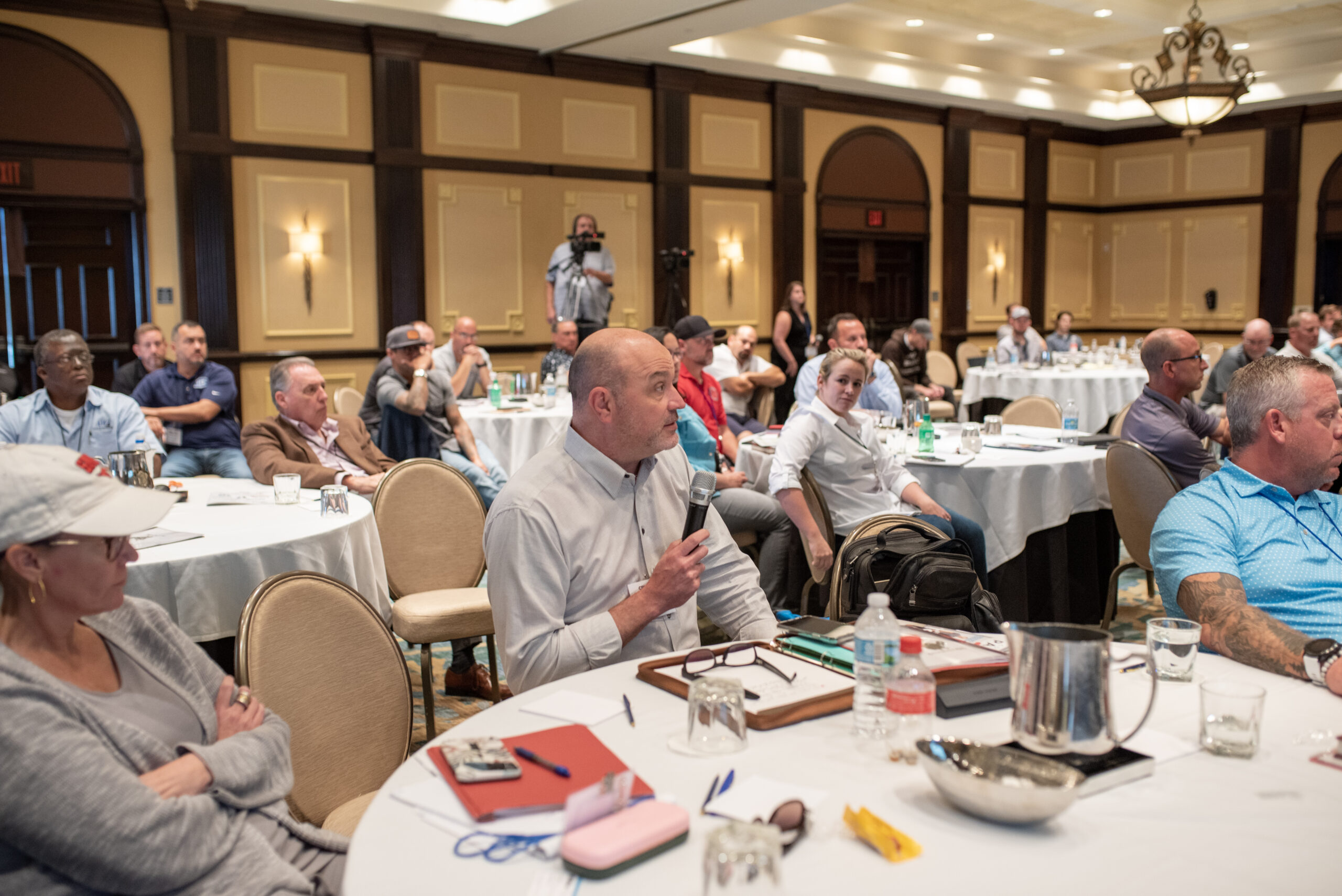Surging oil and energy costs as a result of the Russian invasion of Ukraine are expected to affect paint and raw material prices, which have already been rising due to current supply chain issues and the lingering effects of the COVID-19 pandemic.
Since solvent-based paints use oil derivatives, such as monomers, zinc oxide and titanium dioxide, in its pigments and other additives, prices are also expected to increase as crude oil prices keep rising. Several manufacturers have already had to increase the prices of their paints by varying percentages and expect that number to keep rising to prevent financial losses.
According to statistics from the British Coatings Federation, at the beginning of the year, solvent prices were already up 78% in the last three months to the end of November, with resins and related materials 39% higher. For some solvents, prices were 200% to 300% higher.

In March, the BCF announced that these raw material prices in the paint sector were up 20% compared to a year ago, with many critical raw materials up by more than three times this level or more. As of the release of the note, Brent spot prices for oil prices per barrel were up 75% on a year ago with materials such as N-Butanol and Xylene.
Epoxy resin prices were also up 110% in the last year, with nitrocellulose prices 40% higher and titanium dioxide 22% higher.
“Further complicating the current position is the situation in Ukraine which is now disrupting global markets in multiple areas,” wrote the BCF. “For example, with Russia and Ukraine being major sunflower oil growers the war is now having a knock-on effect in alkyd resins.
“In addition, many minerals come from Russia some of which cannot easily be substituted while export routes by land through Russia are also being disrupted aside from the dreadful humanitarian costs of the war.”
The BCF notes that many suppliers are imposing surcharges to counteract higher prices and inflation. Higher energy costs have only further complicated supply issues and availability. Freight costs have also more than reportedly doubled since this time last year.
The Associated Builders and Contractors (ABC) report that natural gas prices are up more than 200% since the start of the pandemic, while crude petroleum prices are up more than 100% over that span. The Russia-Ukraine conflict is expected to exacerbate those numbers as governments call for a ban on Russian energy imports.
Inflation will reportedly result largely from shortages and rising costs of raw materials like oil, of which Russian is a major producer. However, economists report that some of the inflation will likely take months to appear, being hard to predict with the fluidity of the military conflict.
As of April, the cost per barrel for crude oil remains over $100, per the U.S. Energy Information Administration.
Other Rising Material Costs

In addition to paint prices increasing, the industry as a whole has felt the effects of inflation, material shortages and impacts from the Russian invasion of Ukraine.
According to the most recent analysis of the U.S. Bureau of Labor Statistics’ Producer Price Index data by the ABC, construction input prices rose 2.9% in March. In nonresidential construction, input prices also witnessed an increase of 2.8%.
Just as reported in March, construction input prices remain 24.4% higher from a year ago, but are up 39.1% from February 2020—the month before the COVID-19 pandemic began to affect the economy. Nonresidential input prices are reported to be 25.0% and 39.2% higher, respectively.
According to an analysis of the data by the Associated General Contractors of America’s (AGC) Chief Economist, Ken Simonson, March was the eighteenth-straight month in which the cost index rose more than the bid-price index on a year-over-year basis.
At the beginning of 2022, the AGC found that increased prices of construction materials were outpacing the rate at which contractors are raising their bid prices. In a survey issued by the association in January, 86% of contractors rated material costs at their top concern for 2022, more than any other concern. Availability of materials and supply chain disruptions were the second most frequent concern, listed by 77% of the more than 1,000 respondents.
In the AGC report, the association noted that prices rose faster than the 17% increase in bid prices for a wide range of inputs in the cost index. According to the latest PPI report, year-over-year steel mill product prices rose 42.9%, aluminum mill shapes jumped 43.7% and plastic construction products increased by 35.2%.
Other products breaching the 17% bid increase threshold included diesel fuel (63.8%), truck transportation of freight (24.5%), asphalt and tar roofing and siding products (22.6%), lumber and plywood (20.9%), gypsum products (20.8%), architectural coatings (20.6%) and insulation materials (17.4%).
"Consumers are right to complain about inflation, which has been north of 8% during the past year,” said ABC Chief Economist Anirban Basu. “But America’s contractors have experienced materials price inflation nearly three times that during the same period. For now, there are few signs of relief.”
In specifying the monthly increase in March on several products, Basu noted the ongoing upward price momentum, which included softwood lumber (7.6%), iron and steel (1.4%), key roofing materials (1.6%), and nonferrous wire and cable (4.4%).
“For contractors, this is not where the inflation narrative ends,” said Basu. “Despite recent growth in the nation’s labor force participation rate, contractors continue to contend with shortages of skilled construction workers. Supply chain setbacks related to the spread of another omicron variant along with the Russia-Ukraine war will also affect equipment availability. The latest ABC Construction Confidence Index survey indicates that approximately 3 in 4 contractors have suffered an interruption in delivering construction services in recent months. These challenges will persist.”
The report went on to mention that input prices for natural gas decreased and unprocessed energy materials decreased for the month, lowering by 30.1% and 11.2%, respectively. Crude petroleum prices increased 7.2%. In looking at the three energy subcategories on a year-over-year basis, those percentages are up 62.9%, 58.7% and 62.2%, respectively.
Coating Company Response
In response to the ongoing conflict, several paint and coating manufacturers have announced that they have slowed or ceased operations in Russia. Additionally, several companies have donated humanitarian aid to Ukraine.
Global coatings supplier PPG (Pittsburgh) announced in March that it had committed more than $450,000 to support Ukrainian humanitarian support, as well as reporting that PPG employees have also been providing direct support to those in need, including taking refugee families into their homes.
“Since the war in Ukraine began, PPG’s highest priority has been to protect the safety and wellbeing of its employees, including those from Ukraine and those located within Russia,” wrote the company in its release. “The war in Ukraine has also made it necessary to scale back operations in Russia due to deteriorating business conditions and regulatory restrictions.”
PPG reports that it decided to refrain from sales to Russian state-owned entities, as well as not doing any new investments has taken steps to wind down various other operations of Russia, including from its decorative coatings company Tikkurila, which was acquired by PPG in 2021. However, the company is making an exception for the supply of coatings to customers who are providing packaging that contains essential food and beverage products for people in the country.
Additionally, any net profits generated by Russian operations for calendar year 2022 will go towards nonprofit organizations providing direct humanitarian support.
In its 2022 first quarter financial report, the company noted that it paid $290 million (primarily non-cash) for charges related to operations in Russia, impacting net sales in addition to a 25% increase in raw material costs and elevated energy and transportation costs as well.
“PPG continues to closely monitor developments in the region and any additional support needs,” wrote the company. “Local teams will continue to provide direct support to affected PPG families, especially in the European countries near Ukraine, including Poland, Romania, Slovakia, Hungary and Moldova.”
PHOTOS (FROM TOP): VERA LIVCHAK / GETTY IMAGES; SRINUAN HIRUNWAT / GETTY IMAGES




